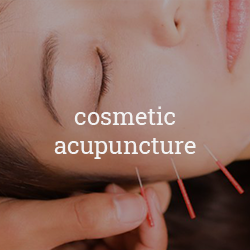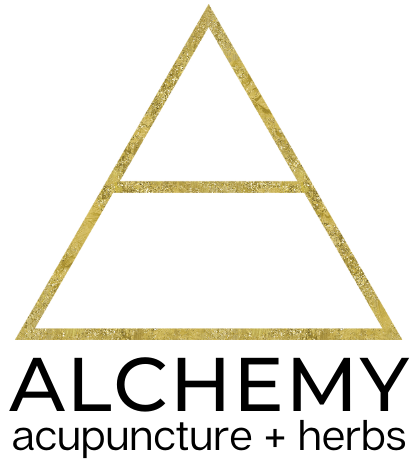What is shiatsu?
Shiatsu is a form of Asian bodywork that uses palms and thumbs to penetrate specific acupressure points along meridian channels to relax, heal and correct the body using pulsing or rhythmic pressure. Shiatsu focuses on meridian channels interconnected throughout our body. Meridian channels have been described as rivers or energy highways that carry qi [chi], the vital life force. When meridian channels are blocked or we are not in balance, our bodies are more susceptible to stress, pain, injury and illness. When meridian channels are in balance, fluids and Qi energy flow creating homeostasis.
It has its roots in Chinese Medicine and works along the different meridians of the body, accessing acupressure points like those in acupuncture to benefit internal organs, stretching the body like yoga postures, and applying gentle pressure to areas of the body to disperse or relieve tension. Practitioners perform manual techniques such as holding, stretching, tapping, pressure, kneading, and soothing, using their thumbs, fingers, palms, and knees. They may also do more body stretches, rotations, and joint mobilizations.
While “Shiatsu” translates as “finger pressure,” a shiatsu therapist may also use palms, elbows, and sometimes feet to apply pressure along energy lines or paths to relieve pain and tension in the body.
How does shiatsu work?
Shiatsu is based on Chinese medical principles, such as qi and meridians, to treat physical pain and internal imbalances. Shiatsu is a mind-body therapy that uses both energetic and physical anatomy. It can have both preventive and remedial effects. Treatment may include acupressure (pressing on acupoints and meridians on the skin’s surface to stimulate the body’s natural self-curative abilities), stretching, heat or cold, and dietary or exercise suggestions. Cupping, guasha, and topical liniments may also be used.
Before the session begins, the practitioner performs an intake and hara diagnosis, an abdominal palpatory technique used to determine the health of the organs. The abdomen, like the pulse in acupuncture, is a template upon which life experiences are registered. Pain, discomfort or odd sensations in the abdomen indicate areas of imbalance.
The practitioner may perform varying protocols based on the person’s general energy level, presence of blockages, and conditions. For example, when a person has deficient energy levels, the practitioner uses techniques to reactivate or stimulate the blood and qi circulation. Meanwhile, they may utilize techniques to diffuse excess energy in anxious and stressed individuals.
During a shiatsu session, individuals are fully clothed and traditionally lie on a futon mat placed on a floor. From time to time, the therapist may ask the person to change their position to allow them to work on specific channels and acupoints.
Who would benefit from shiatsu?
Shiatsu is effective for all types of musculoskeletal pain, including low back, neck, and joint pain. It also treats a wide range of internal conditions, such as headaches, PMS, digestive disorders, fatigue, insomnia, fibromyalgia, stress, anxiety and weak immunity. It can be extremely effective in speeding up recovery after an illness or smaller surgery. Shiatsu is also especially helpful for treating physical or emotional trauma, and issues stemming from mental-emotional causes.



“I was definitely surprised by the meditative aspect of this Shiatsu. It helped calm my overactive thinking and gave me a sense of mental ease I wasn’t anticipating. Angela had the ability to feel areas of tension that I didn’t know were there myself. She helped me relax emotionally in addition to physically bringing my energy level down to help regulate my emotions prior to the session.”
“The Shiatsu bodywork experience tuned me into my body more. An important takeaway for me is that I need to keep paying more attention to how I care for my body.”
“I wanted to focus on my old neck/shoulder injuries—the Shiatsu released tension in those areas in a way that was amazing. I have been suffering for 13 years and tried all sorts of things to find relief, but Shiatsu trumps them all.”
“The Shiatsu treatment series yielded an important breakthrough in my understanding of a longstanding chronic injury/tension in my shoulder.”

